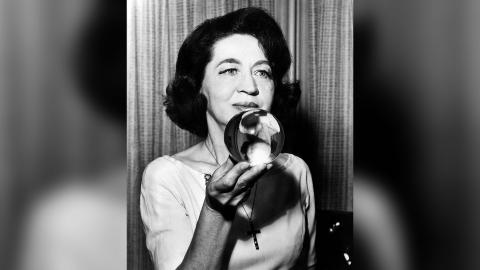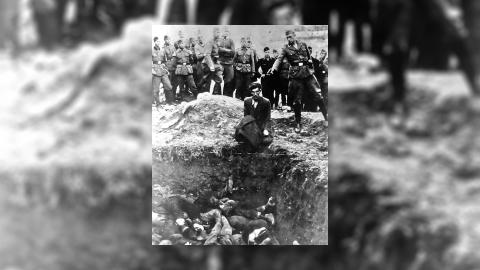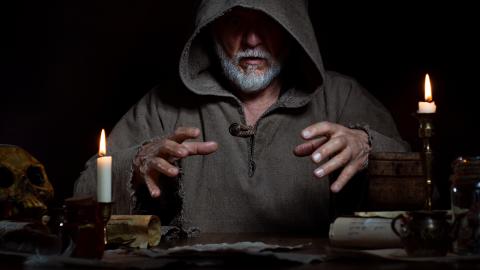Who was HH Holmes?
Was Jack the Ripper really an American visitor to these shores, by the name of HH Holmes? The startling evidence is presented in American Ripper in London, but just who was HH Holmes, whose crimes in the late 19th Century shocked a world not yet used to the antics of serial killers, and who was described by one headline as “the most horrible murderer ever known in the annals of crime”?
“I could not help the fact that I was a murderer no more than the poet can help the inspiration to song.”
Interestingly, Holmes seemed to have a kind of meta-awareness of how he appeared to civilised society. Indeed, when caught, he seemed fascinated by the unlikely scale of his depravity, saying “I could not help the fact that I was a murderer no more than the poet can help the inspiration to song”, and admitting that he had “sought devices strange, fantastical and even grotesque” to carry out his killings.
So who was this charming, coldly charismatic con man and killer, whose sheer force of personality had lured countless people to their deaths? Born in 1861 in a small New Hampshire town, his real name was not Henry Howard Holmes but Herman Webster Mudgett. An intelligent child, he was reportedly bullied at school, and suffered at the hands of a strict, unsympathetic father.
Developing a fascination for anatomy and dissection from an early age, Mudgett – according to some accounts – tried his hand at taking apart local dogs and rabbits. This paved the way for Mudgett enrolling in medical school, where he hit upon a gruesome way of making heaps of money. Taking out life insurance policies on fictitious people, with himself listed as the beneficiary, he would procure corpses from the university, disfigure them, and claim the cash when the bodies were discovered.
After graduating, Mudgett would take on the alias that would become so notorious: Henry Howard Holmes. By the time he moved to Chicago, the place where his criminal career would catastrophically escalate, he was already a seasoned fraudster, but now he was poised to go much further. Settling in the Windy City and working in a pharmacy, Holmes purchased an empty patch of land where he started building a vast multi-use structure intended to include several shops and a hotel.
This audacious project was dubbed the “Castle” by locals, while in time it would earn a prefix, becoming known as the Murder Castle. The building was a reflection of Holmes himself: a respectable, elegant façade, concealing something utterly warped and lethal. Upstairs in the Castle was a labyrinth of dead-ended corridors, fake doorways, trapdoors, and rooms that were soundproofed and rigged with peepholes and holes through which he could pump deadly gas. Meanwhile, down in the cellar, Holmes had a makeshift dissecting room and crematorium, ideal for disposing of numerous corpses.
Holmes’ MO was to seduce and charm women, get them to take out life insurance, and then brutally dispose of them in his chamber of horrors. Amid the teeming, messy metropolis of 19th Century Chicago, it was easy to make people vanish without arousing much interest – especially during the World’s Fair of 1893, a monumental event which drew over 27 million people to Chicago. It’s even thought he sold the skeletons of some victims to medical schools – nothing went to waste in his pursuit of money.
Holmes was eventually put on trial for the murder of an accomplice, which led to his other crimes coming to light. The sensational stories of the media, along with Holmes’ own myth-making, turned him into a figure of modern American folklore – the sadistic master of a diabolical funhouse, who seduced, betrayed and murdered so many people around him.
We still can’t be sure just how many people he killed, or how did it. Stories abound of how people were locked away and left to asphyxiate or starve in the depths of the Castle, while there’s speculation by Holmes’ own descendant, Jeff Mudgett, that the devil of Chicago was also the Whitechapel murderer.
Holmes himself came to a fittingly painful end. Sentenced to hang, something went wrong during the execution and his neck didn’t snap, causing him to slowly choke to death over at least 15 minutes of agony. As for the Murder Castle – it was ravaged by an arsonist’s flames, and eventually torn down. Today, a post office stands in its place.
Catch American Ripper in London Tuesdays at 9pm.
















